Essential Skills for Aspiring Foresters: Must-Have
- July 30, 2024
- 0 comment
Skills for aspiring foresters are crucial for anyone looking to embark on a journey into the world of forestry. Imagine yourself standing at the edge of an ancient forest, the sunlight filtering through the towering canopy, casting dappled shadows on the forest floor. The air is thick with the scent of pine and earth, and the calls of distant birds echo through the stillness.
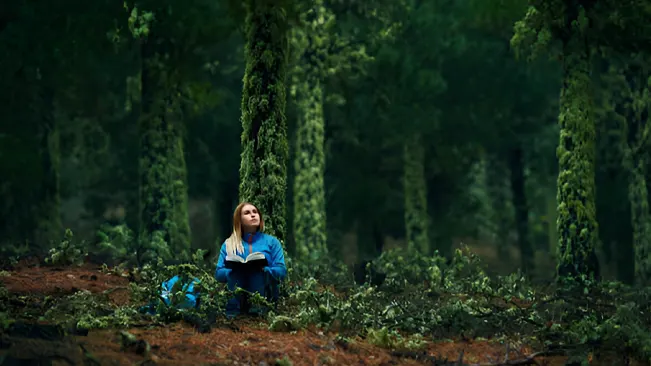
This is where your journey as an aspiring forester begins—a journey where your passion for the natural world intertwines with a deep sense of responsibility and stewardship. As you step into this sacred space, you become a guardian of the forests, tasked with preserving their beauty and ensuring their health for generations to come.
Let’s embark on this journey together, exploring the essential skills for aspiring foresters you need to navigate this path, blending the practical with the profound, and the technical with the deeply human.
Understanding Skills for Aspiring Foresters
Hard Skills vs. Soft Skills
In the world of forestry, skills for aspiring foresters are like the roots and branches of a tree, each playing a vital role in sustaining the whole. Your hard skills are the roots—deep, technical abilities that ground your work in knowledge and expertise.

These include proficiency in tools like Geographic Information Systems (GIS) and the meticulous art of forest inventory. Soft skills, on the other hand, are the branches—flexible, interpersonal abilities that extend your reach, enabling you to communicate, lead, and adapt in an ever-changing environment.
Together, these skills for aspiring foresters form the foundation and canopy of your future career.
Critical Soft Skills for Foresters
Effective Communication
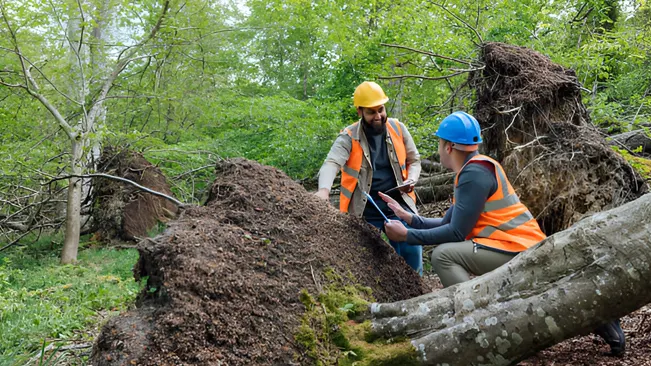
Picture yourself in the quiet majesty of the forest, where communication becomes an art. Your ability to convey observations, plans, and research findings to a diverse audience, from fellow foresters to community members and government agencies, is crucial.
Imagine a forester explaining the delicate balance of an ecosystem to a group of schoolchildren, their eyes wide with wonder. Or imagine them presenting a detailed conservation plan to a council, their words weaving a narrative that transforms data into a compelling story of stewardship.
Analytical Thinking
The forest is a complex tapestry of life, where every thread is interconnected. Analytical thinking is one of the skills for aspiring foresters that allows you to unravel this tapestry, understanding the intricate relationships between species, habitats, and human impact.
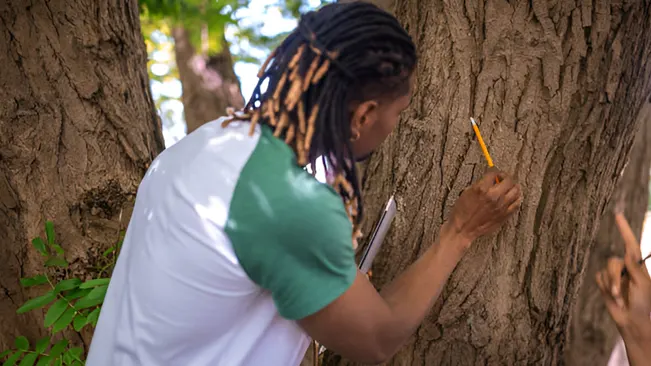
It’s about seeing the forest and the trees, and knowing how to manage both. Imagine a forester faced with the challenge of an invasive species—through careful analysis and strategic planning, they devise a solution that protects the native flora and fauna, preserving the delicate balance of the ecosystem.
Leadership and Teamwork
Forestry is rarely a solitary endeavor. It requires the collective efforts of many, guided by strong leadership and seamless teamwork.

Think of a forester leading a reforestation project, coordinating volunteers and experts alike, their leadership fostering a sense of unity and purpose. Effective teamwork ensures that every tree planted, every trail maintained, and every habitat restored is a testament to the power of collaboration.
Adaptability and Flexibility
The forest is ever-changing, responding to the rhythms of nature and the pressures of human activity. Foresters must be adaptable, ready to pivot in response to new challenges and opportunities.
Imagine a forester navigating the aftermath of a wildfire, their plans shifting like the landscape itself, adapting to the new realities with resilience and foresight. This adaptability is not just a skill, but a way of being, deeply attuned to the pulse of the natural world.
Cultural Sensitivity and Empathy
Forestry often intersects with the lives and traditions of local communities. Cultural sensitivity and empathy are essential for building trust and fostering cooperation.
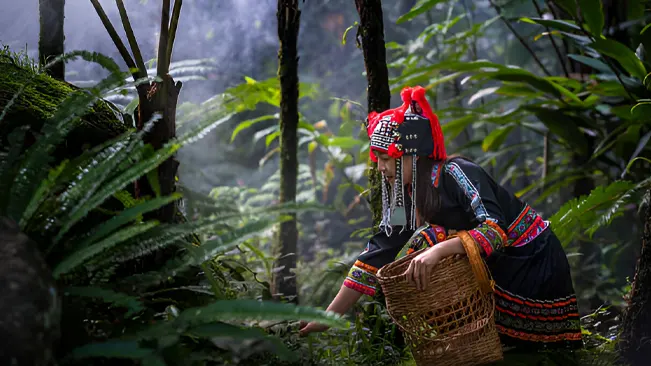
Envision a forester working with an indigenous community, listening with respect and learning from their deep-rooted knowledge of the land. Empathy transforms this relationship into a partnership, where conservation efforts honor both ecological and cultural values.
Essential Hard Skills for Foresters
Ecological Knowledge and Wildlife Management
Ecological knowledge is the lifeblood of forestry. It encompasses an understanding of the complex web of life that sustains a forest, from the smallest insects to the largest mammals.
Wildlife management is an extension of this knowledge, involving the creation and implementation of plans to protect and enhance habitats. Imagine a forester conducting a wildlife survey, their observations contributing to a broader conservation strategy that ensures the survival of diverse species.
Technological Proficiency
In the digital age, technology has become an invaluable ally in forestry. Proficiency in GIS and remote sensing allows foresters to map, monitor, and manage forests with precision.
Imagine a forester using satellite imagery to track deforestation patterns, their findings guiding policies and actions that safeguard the forest. This technological prowess is a powerful tool, amplifying the impact of traditional forestry practices.
Forest Inventory and Measurement
Accurate forest inventory and measurement are the backbone of sustainable forest management. These skills involve assessing tree dimensions, biomass, and overall forest health.
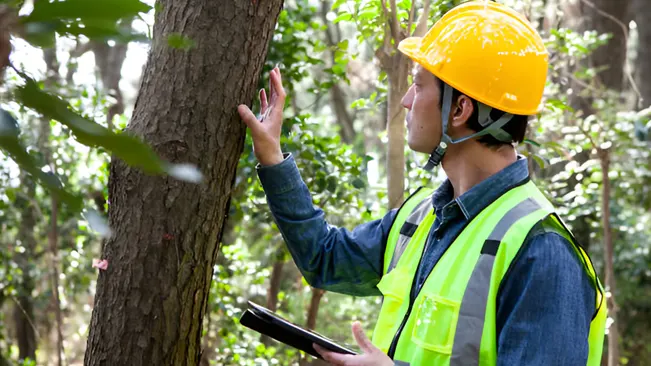
Imagine a forester meticulously measuring tree diameters and heights, their data forming the basis for decisions that balance economic needs with ecological preservation. This meticulous work ensures that forests remain robust and productive.
Sustainable Forest Management
Sustainable forest management is the heart of modern forestry. It’s about ensuring that forests can meet the needs of the present without compromising their ability to meet the needs of the future.
This involves practices like selective logging, reforestation, and maintaining biodiversity. Imagine a forester implementing a sustainable logging plan, each tree felled with care and consideration, ensuring the forest’s continued vitality.
Fire Management and Prevention
Fire is a natural part of many forest ecosystems, but managing it requires expertise and vigilance. Fire management skills involve understanding fire behavior, developing prevention plans, and executing controlled burns.
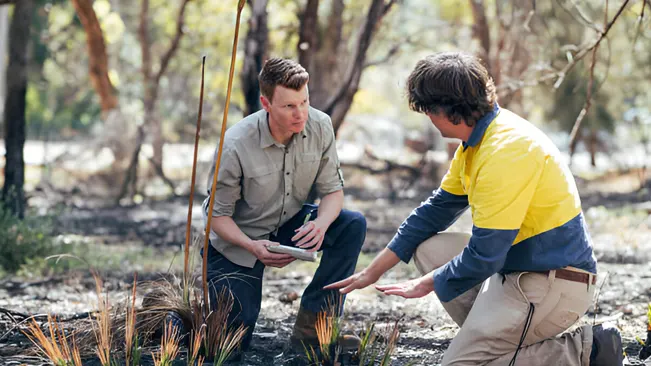
It’s like a forester preparing a firebreak, their actions preventing a wildfire from spreading and protecting both the forest and surrounding communities. This skill is crucial for maintaining the health and safety of forest ecosystems.
Enhancing Your Forester Skills for Career Advancement
Networking and Professional Development
In the dense network of the forestry profession, building strong connections is essential. Joining professional organizations such as the Society of American Foresters (SAF) or the International Society of Arboriculture (ISA) provides opportunities for networking, professional development, and access to industry resources.
Imagine a forester at a national conference, engaging in lively discussions, exchanging ideas, and forming connections that will support their career for years to come.
Continuing Education and Lifelong Learning
Lifelong learning is the compass guiding a forester’s career. In an ever-evolving field, staying competitive and effective requires continuous education.
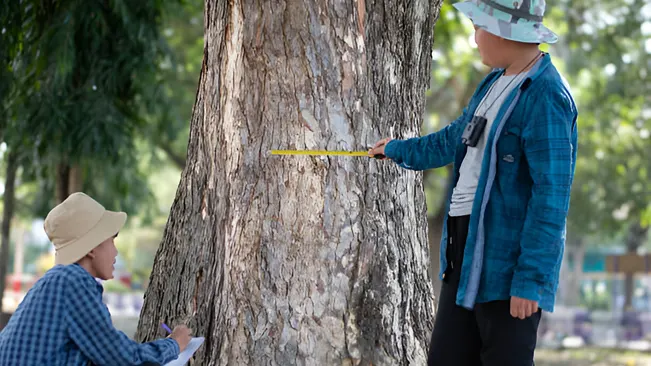
Foresters should seek out opportunities to expand their knowledge, whether through advanced degrees, specialized certifications, or self-directed study. Consider a forester delving into a new online course on sustainable forestry practices, their expanded expertise leading to innovative management strategies.
Showcasing Skills in Job Applications
Effectively showcasing your skills for aspiring foresters can make a significant difference in job applications and career advancement. Your resume should highlight both hard and soft skills, with specific examples of their application.

Cover letters offer a chance to tell your story—how your passion for forestry translates into practical expertise and leadership. In interviews, using the STAR method (Situation, Task, Action, Result) can illustrate your problem-solving abilities and achievements.
Recounting your successful project to rehabilitate a degraded forest, your narrative vividly brings your skills for aspiring foresters to life.
Conclusion
The journey of an aspiring forester is one of continuous learning, deep connection with nature, and unwavering commitment to stewardship. Developing a comprehensive set of skills for aspiring foresters both soft and hard is essential for success in this vital field.
From effective communication and analytical thinking to technological proficiency and sustainable management, each skill plays a crucial role in preserving the health of our forests and the well-being of our communities. As you embark on this path, remember that the skills for aspiring foresters you cultivate are not just tools for your career, but instruments for meaningful change.
By enhancing your expertise and embracing lifelong learning, you contribute to the preservation and sustainable management of our precious forest ecosystems.
Related Post:
Frequently Asked Questions (FAQs)
- What are the most important skills for a career in forestry?
Effective communication, analytical thinking, leadership, adaptability, and a strong foundation in ecological knowledge and technological proficiency. - How can I improve my forester skills while working?
Engage in continuous education through online courses, attend workshops and conferences, and seek field experience through internships and volunteering. - What certifications are valuable for aspiring foresters?
Certifications such as the Certified Forester (CF) from the Society of American Foresters and certifications from the International Society of Arboriculture (ISA) are highly valuable. - How do I highlight my forester skills in a job search?
Highlight both hard and soft skills on your resume, provide specific examples in your cover letter, and use the STAR method in interviews to illustrate your experiences and achievements. - Why is it important for foresters to have both hard and soft skills?
Hard skills provide the technical expertise needed for forest management, while soft skills enable effective communication, leadership, and adaptability, ensuring holistic and sustainable practices. - What educational paths should I pursue to become a forester?
Degrees in forestry, environmental science, and related fields provide a strong foundation, while specialized training programs and certifications further enhance your skills for aspiring foresters. - How can I gain practical experience in forestry?
Participate in internships, apprenticeships, and volunteer opportunities to apply theoretical knowledge in real-world settings and gain hands-on experience. - What role does technology play in modern forestry?
Technology, such as Geographic Information Systems (GIS) and remote sensing, is crucial for mapping, monitoring, and managing forests with precision and efficiency. - How does sustainable forest management benefit the environment?
Sustainable practices ensure forests can meet current needs without compromising their ability to meet future needs, preserving biodiversity, protecting water resources, and sequestering carbon. - What are the economic benefits of forestry?
Well-managed forests provide valuable resources, create jobs, and support local and global economies through timber, non-timber products, and recreational opportunities.

Jordan Blake
Forestry AuthorJordan Blake is a forestry expert with over 15 years of experience in arboriculture and community education. Passionate about sustainable forest management, Jordan regularly writes for Forestry.com and Tree Care Magazine. Holding certifications in tree health assessments and urban forestry management, Jordan conducts workshops to educate the public on sustainable practices. Jordan has a degree in Environmental Science and enjoys hiking and photography in their free time.

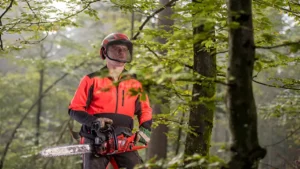
Leave your comment